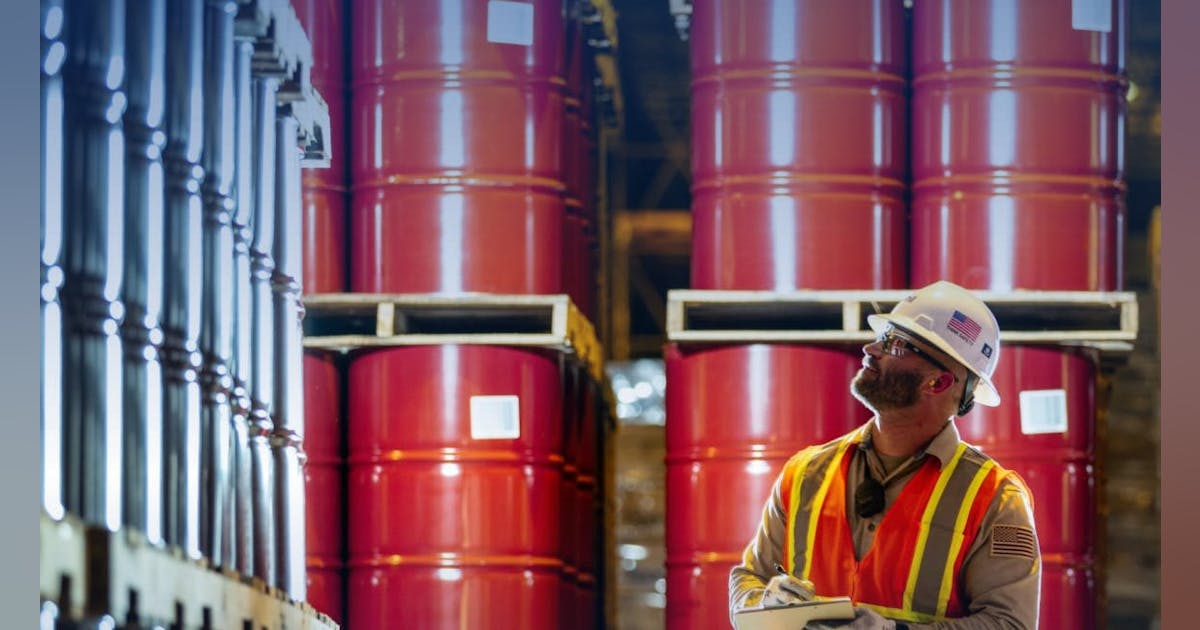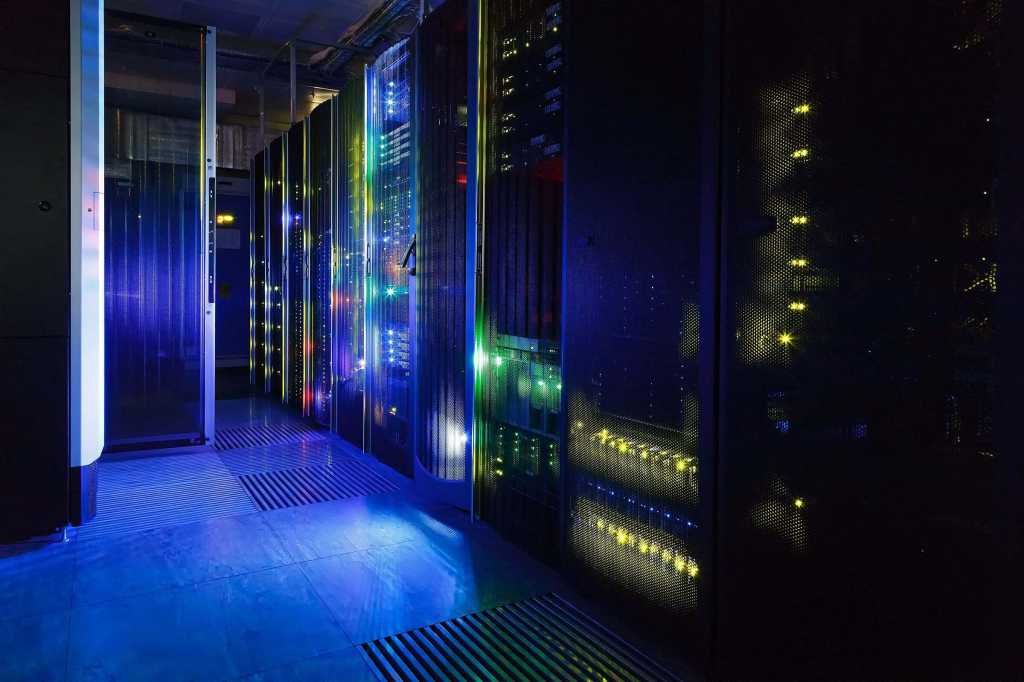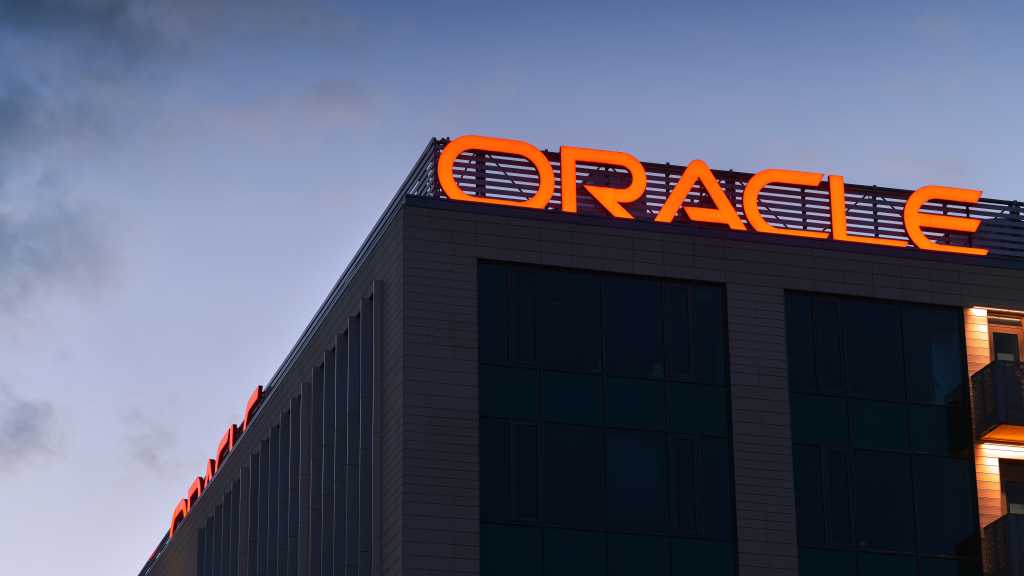Join our daily and weekly newsletters for the latest updates and exclusive content on industry-leading AI coverage. Learn More
Self-driving tractors might be the path to self-driving cars. John Deere has revealed a new line of autonomous machines and tech across agriculture, construction and commercial landscaping.
The Moline, Illinois-based John Deere has been in business for 187 years, yet it’s been a regular as a non-tech company showing off technology at the big tech trade show in Las Vegas and is back at CES 2025 with more autonomous tractors and other vehicles. This is not something we usually cover, but John Deere has a lot of data that is interesting in the big picture of tech.
The message from the company is that there aren’t enough skilled farm laborers to do the work that its customers need. It’s been a challenge for most of the last two decades, said Jahmy Hindman, CTO at John Deere, in a briefing. Much of the tech will come this fall and after that.
He noted that the average farmer in the U.S. is over 58 and works 12 to 18 hours a day to grow food for us. And he said the American Farm Bureau Federation estimates there are roughly 2.4 million farm jobs that need to be filled annually; and the agricultural work force continues to shrink. (This is my hint to the anti-immigration crowd).

While each of these industries experiences their own set of challenges, a commonality across all is skilled labor availability.
In construction, about 80% percent of contractors struggle to find skilled labor. And in commercial landscaping, 86% of landscaping business owners can’t find labor to fill open positions, he said.
“They have to figure out how to do more work with less people. Labor is a common challenge across these industries, yet we rely on them to provide the food, the fuel, fiber, infrastructure and the landscaping care that we depend upon every day,” Hindman said.
These facts by themselves aren’t political; they’re about business and providing food for the world. Hindman noted there is a $15 trillion infrastructure ap that needs to be closed by 2040. He said John Deere loves to solve these problems and it is taking its tech stack, three decades in the making, and applying it across more machines to safely run autonomously in complex environments. It will add the tech to both new equipment and existing vehicles.
“Our agriculture, construction, and commercial landscaping customers all have work that must get done at certain times of the day and year, yet there is not enough available and skilled labor to do the work,”
said Hindman. “Autonomy can help address this challenge. That’s why we’re extending our technology stack to enable more machines to operate safely and autonomously in unique and complex environments. This will not only benefit our customers, but all of us who rely on them to provide the food, fuel, fiber, infrastructure, and landscaping care that we depend on every day.”
Building on Deere’s autonomous technology first revealed at CES 2022, the company’s second generation autonomy kit combines advanced computer vision, AI, and cameras to help the machines navigate their environments. The company is using connectivity, renewable fuels and electrification.
Autonomy Expanding to More Machines
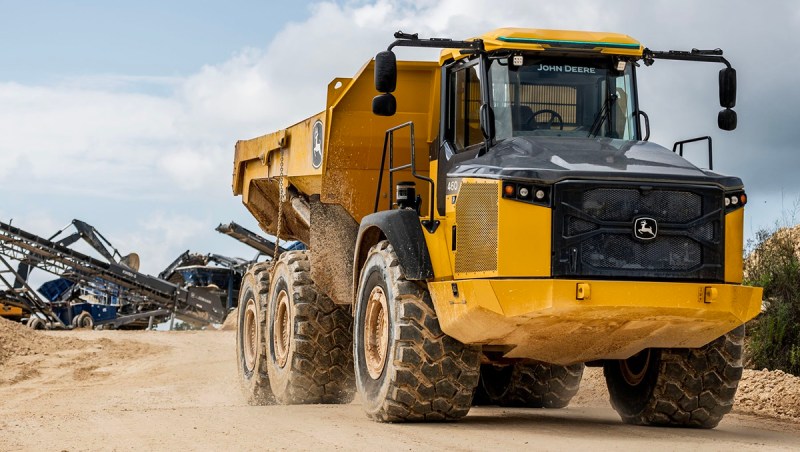
Autonomous 9RX Tractor for Large-Scale Agriculture: Tillage is one of the busiest times of the year for farmers. With the second-generation autonomy kit, featuring 16 individual cameras arranged in pods to enable a 360-degree view of the field, farmers can step away from the machine and focus their time on other important jobs. The advanced autonomy kit also calculates depth more accurately at larger distances, allowing the tractor to pull more equipment and drive faster.
Willy Pell, CEO of John Deere’s Blue River Technology, said the company added a lot more cameras since the first generation and it coordinates those cameras relative to each other. It allows the machine to do operations 40% faster. An autonomy kit works for every type of job needed. The compute sits on the edge, inside the tractor, and they process every single pixel. They’re also rugged, Hindman said. The team has had to figure out how to deal with things like insects, which can cause problems at night when the tractors are running and the insects get in the way of the cameras, Pell said.
Autonomous 5ML Orchard Tractor for Air Blast Spraying: Protecting crops through air blast spraying is a challenging and repetitive job. Featuring the latest autonomy kit with added Lidar sensors to address the dense canopies found in orchards, the initial machine will be offered with a diesel engine. A battery electric tractor of comparable size and capacity to existing diesel 5M/ML models on the market today will follow.

Igino Cafiero, director of high value crop autonomy at John Deere, said in a briefing that such tractors have to operate in dense areas of foliage that can grow as high as 30 feet. That creates accuracy challenges for GPS navigation and obstacle detection. The company added LIDAR sensors to detect obstacles and drive down a row while flagging humans, pipes, or other objects.
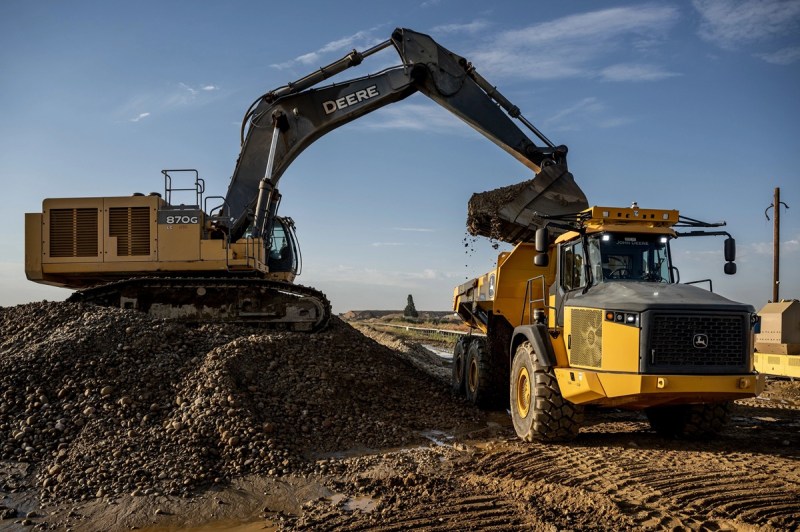
460 P-Tier Autonomous Articulated Dump Truck (ADT) for Quarry Operations: Quarries supply the essential raw materials vital for building roads, buildings, and infrastructure, and it’s a complex process to mine, process, and transport materials. Using the second-generation kit, the ADT will handle the repetitive tasks of transporting material around the quarry to facilitate different steps in the cycle.
Maya Sripadam, senior product manager at John Deere’s Blue River Technology, said there are eight quarries within a 12-mile radius of the Mandalay Bay in Las Vegas. That’s pretty common. She noted that the world’s population is expected to grow from eight billion to nearly 10 billion by 2050, and that increases demand on the food supply and the need for roads and more.
UN Habitat estimates we need to build 96,000 new houses a day to provide enough housing for the increased population. Quarries supply those materials to the tune of thousands of tons of material per day.
Operating these machines is tough, as it requires precise operation with rudimentary tools and rugged places. Operators often have to rely on instructions via walkie-talkie to move 92,000 pounds of material — the weight of seven African elephants — around a quarry safely, Sripadam. They’re often operating day and night on a regular schedule.
The dump trucks are built in Davenport, Iowa, and they use the tech component stacks developed over 30 years. Each truck uses connectivity for satellites internet, advanced controls and high-performance GPUs. The autonomy kit sits atop a truck and gives it a 360-degree view of the land around it. It helps it navigate obstacles or pull over for a faster moving vehicle to pass. Trucks can operate autonomously without supervision in some work and be supervised by humans in others.

Autonomous Battery Electric Mower for Commercial Landscaping: Commercial landscaping is a highly competitive industry and having the staff to support different bids is essential. The autonomous commercial mower leverages the same camera technology as other Deere autonomous machines, but on a reduced scale since the machine has a smaller footprint. With two cameras on the front, left, right, and rear, 360-degree coverage is achieved, and staff can focus on other aspects of the job.
Matt Potter, director of robotics and mobility technology at John Deere, said in a briefing that landscaping places also face a chronic shortage of labor. He the mower taps the same autonomy kit that the tractors use but it gets by with fewer cameras. As an electric mower, it operates quietly and can be used early in the morning without waking the humans.
Select new machines will be autonomy ready with retrofit kits available for certain existing machines, providing customers with multiple paths to adoption based on where they are in their technology journey.
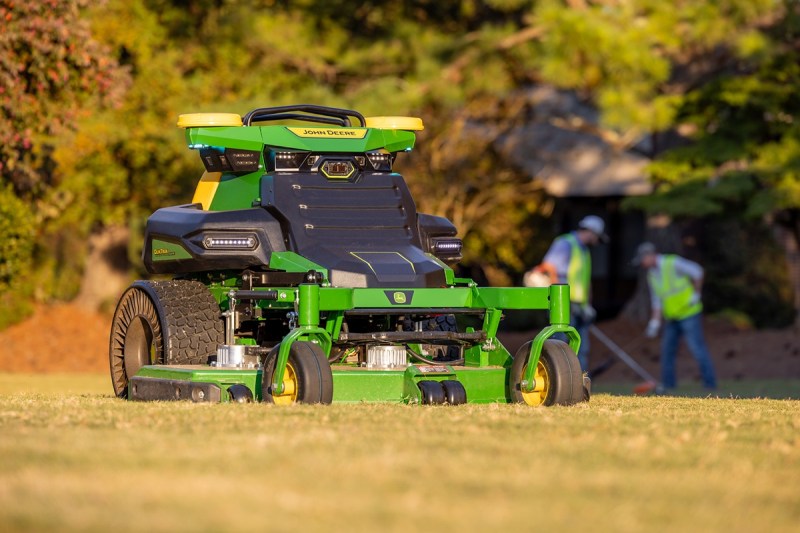
The machines are managed via John Deere Operations Center Mobile, the company’s cloud-based platform. By swiping left to right to start, the machine can be started once placed in the appropriate spot.
Through the app, users also have access to live video, images, data and metrics, and the ability to adjust various factors like speed. In the event of any job quality anomalies or machine health issues, users will be notified remotely so they can make necessary adjustments.
The big message is that the food that we eat and the work that goes into it — through manual labor or advanced technology — can’t be taken for granted, said Hindman. And he noted that farmers don’t want to spend their days sitting in these machines, given what they can do.
At CES 2025, John Deere will have booth #5016 in the West Hall at the Las Vegas Convention Center.
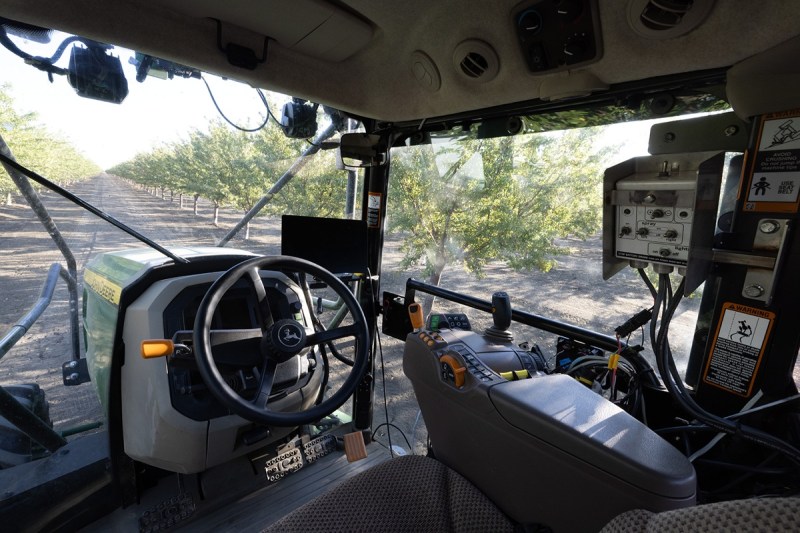
The company’s leaders are also speaking at these sessions on January 8:
- At 9 a.m., Deanna Kovar, President for the Worldwide Agriculture & Turf Division at John Deere will speak on a panel titled, “Tech Without Borders: The Benefits of Tech for all Communities.” The discussion will take place in the Las Vegas Convention Center’s North Hall, Level 2, N258.
- At 1 p.m., Sarah Schinckel, Director of Emerging Technologies in the Intelligent Solutions Group(ISG) at John Deere will speak on a panel titled, “AI or Die? Why Farms Must Embrace the AI Revolution to Survive.” The discussion will take place in the Las Vegas Convention Center’s West Hall, Level 2, W218.
- At 3 p.m., Gaurav Bansal, VP of Engineering at Blue River Technology (a John Deere company) will speak on a panel titled, “Robot Farm 2050: A Look at Robotics & The Future of Farming.” The discussion will take place in the Las Vegas Convention Center’s West Hall, Level 2, W218.
Daily insights on business use cases with VB Daily
If you want to impress your boss, VB Daily has you covered. We give you the inside scoop on what companies are doing with generative AI, from regulatory shifts to practical deployments, so you can share insights for maximum ROI.
Read our Privacy Policy
Thanks for subscribing. Check out more VB newsletters here.
An error occured.


